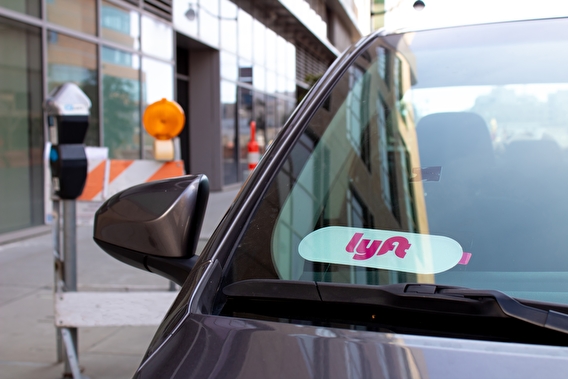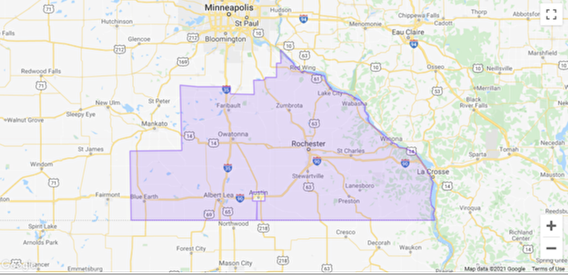
Rural communities tend to have dispersed populations and destinations, making them a poor fit for traditional transit solutions such as fixed-schedule bus routes. However, the need for mobility services in these areas remains. While some services exist for special populations such as students and elderly or disabled people, the general population must own vehicles to avoid having limited mobility, even if they only make occasional trips.
To address this challenge, a team of U of M researchers conducted a pilot study sponsored by the Minnesota Department of Transportation (MnDOT) and the Minnesota Local Road Research Board (LRRB) to determine if a multimodal, shared-mobility approach could improve rural mobility.
“We believe that small, rural communities have the potential to become leaders in transit innovation,” says Thomas Fisher, director of the Minnesota Design Center at the College of Design and the project’s principal investigator. “They have a lot of human and physical assets to leverage, along with engaged residents and committed civic leaders who can use 21st century technology to go beyond traditional transit and create a new kind of mobility system.”
Recent legislation and the appropriated funds to make internet services available throughout the state will help support this approach.
Co-investigators for the project were Mary Vogel, senior research fellow, Minnesota Design Center; Fernando Burga, assistant professor, Humphrey School of Public Affairs; and Alireza Khani, associate professor, Department of Civil, Environmental and Geo- Engineering.
The pilot study of innovative mobility strategies was conducted in Wabasha, a rural community in southeast Minnesota. Researchers began by studying the community’s current unmet mobility needs and identifying underlying issues (such as cost barriers for residents and their diverse schedule needs), as well as the opportunities and challenges of dial-a-ride services and car-sharing hubs. They also examined existing rural transit software, platforms, and services used around the country.

Next, they looked specifically at the transit provider network in Wabasha and southeast Minnesota, identifying the strengths and weaknesses of the existing network and the transit improvements that could benefit the community. A wide-ranging advisory group and diverse group of stakeholders provided input and feedback throughout the project.
The researchers found two significant opportunities to improve rural transit: the growing use of technology (including smartphones) and the abundance of underused private vehicles and school buses. “This research illustrates the need for a mindset shift from simply providing transit for people to building social networks that make use of the vehicles and drivers communities already have,” Fisher says.
Using this new lens for viewing rural mobility, the research team created a menu of strategies that rural communities across the state and nation can adopt in its entirety or adapt in part to fit their circumstances, allowing them to leverage both physical and digital assets in new ways. These strategies include:
- Creating a community bus service with existing assets such as school buses
- Utilizing underused vehicles (e.g., private service operators or employer programs)
- Transforming volunteer driver programs
- Improving community walkability
- Increasing bicycle use and accessibility
“This work created a toolbox of transit options for Wabasha and other rural communities in Minnesota to explore how to meet their communities’ unique needs for transportation,” says Matti Gurney, implementation unit supervisor with MnDOT’s Office of Transit and Active Transportation.
In addition to the menu of transit options, researchers recommended a rebranding of rural community transit with a name such as Greater Minnesota Moves to distinguish efforts from urban and suburban transit programs. “By rebranding rural transit options, communities can convey the sense of the innovation that is possible and capture the creativity of rural community mobility systems,” Fisher says.
—Megan Tsai, contributing writer


